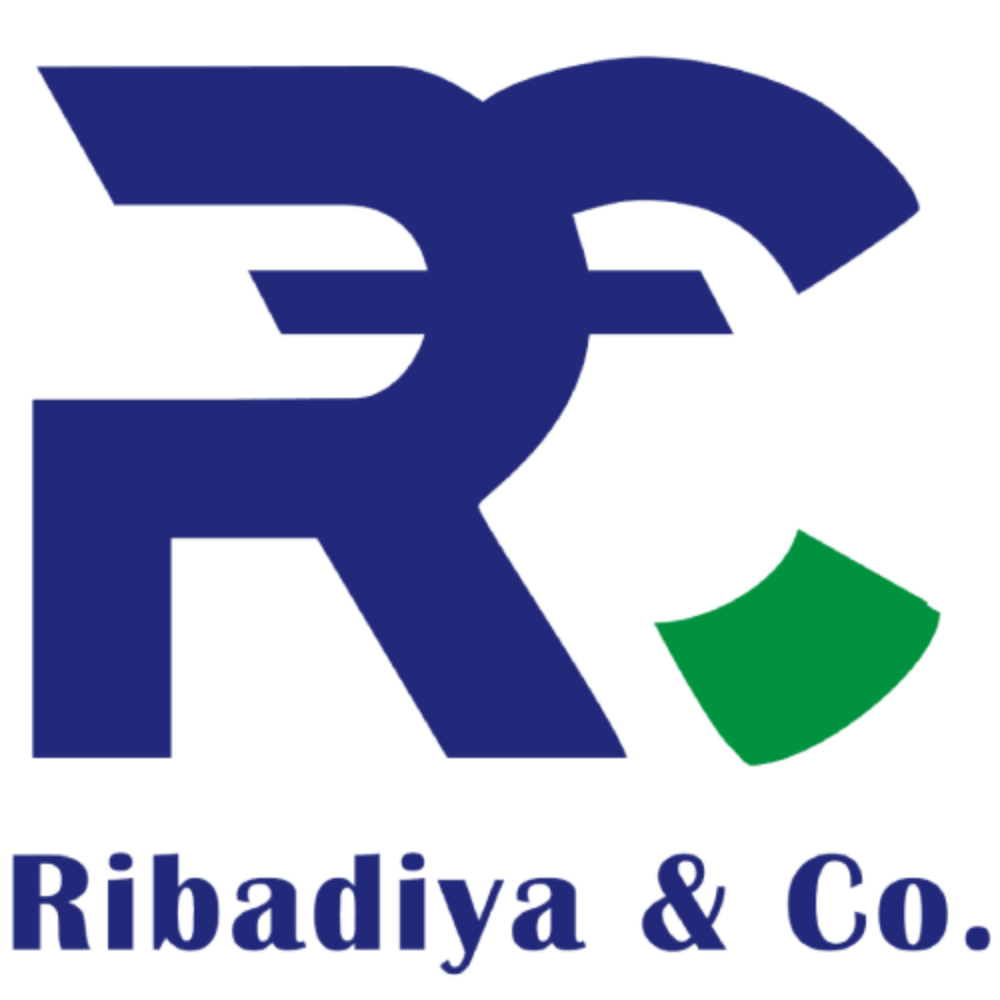
It seems like you’re referring to “CC & OD loan.” While the exact meaning may depend on the context, commonly CC and OD stand for “Cash Credit” and “Overdraft” in the context of banking and finance. Let me provide a brief description of each:
Cash Credit (CC) Loan:
- Definition: Cash Credit is a short-term loan provided by a financial institution to a business. It allows the borrower to withdraw funds up to a specified credit limit as and when needed.
- Usage: CC loans are typically used by businesses to meet their working capital requirements, such as purchasing inventory, managing operational expenses, or handling short-term cash flow gaps.
- Interest: Interest is charged only on the amount utilized, not on the entire credit limit. The interest rate may be variable and is usually linked to a benchmark rate.
Overdraft (OD) Loan:
- Definition: An overdraft is a financial arrangement that allows an account holder to withdraw more money than what is available in their account, up to a predetermined limit.
- Usage: Overdrafts are often used to cover temporary shortfalls in funds, providing flexibility for individuals and businesses to manage their cash flow.
- Interest: Interest is charged on the overdrawn amount, and the rate may vary. Overdrafts are essentially a form of credit provided by the bank.
In summary, both CC and OD loans provide flexibility for businesses and individuals to manage their finances, especially when dealing with fluctuating cash flow. CC loans are more structured, with a specified credit limit, while overdrafts provide a buffer beyond the available account balance. It’s important to note that terms and conditions may vary between financial institutions, so it’s advisable to check with your specific bank for precise details.
